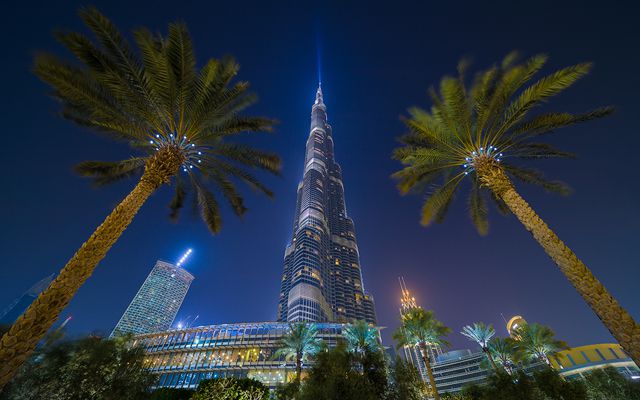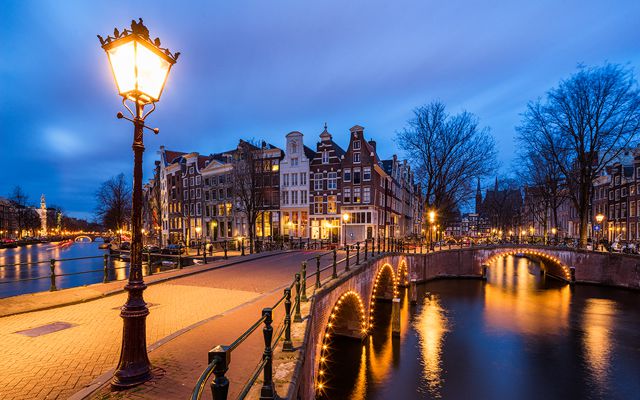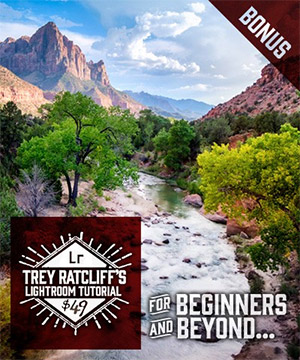Photoshop really scared me for a moment, when it crashed while I was editing this photo. It’s been perfectly stable for so long now (I still use CS6, as I feel the CC version is slower) and this was only the second crash I can remember. If you are curious, the first one was when I tried to edit a 200+ Mpix panorama :). But as it has been so stable for so long, I always forget to save files regularly. Luckily, Photoshop does, and after the recovery I only was missing a single curves layer.
But to the photo, this is taken at the Grand Mosque in Abu Dhabi, right around the sunset. The sun was shining form the right, as is still visible on the pillars. That’s why I also left the colors a little warmer, to fit more with the light that was at that time. This is a HDR from 5 exposures, created in Oloneo Photoengine and finished in Photoshop.































